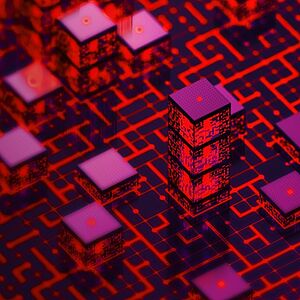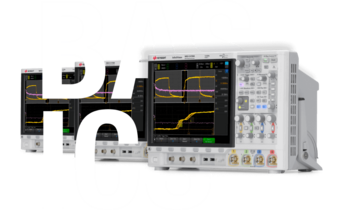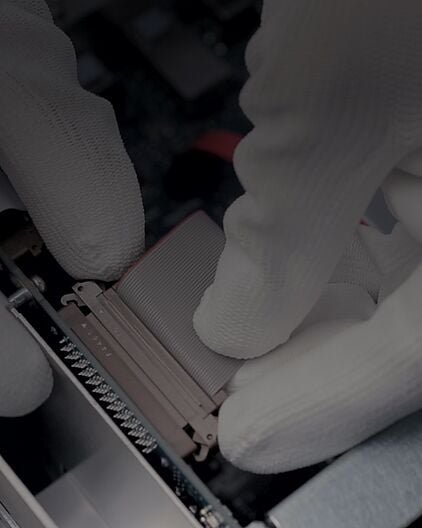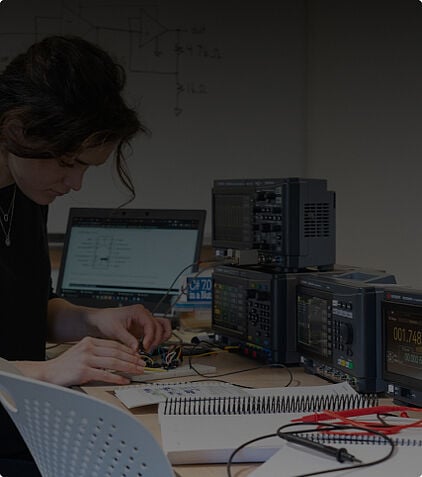Used Oscilloscopes
The Used Equipment web is currently available in English only and pricing is in USD for the United States.Prices for other countries will vary.
Keysight Used offers a wide range of industry leading pre-owned oscilloscopes, ranging from older generation Agilent oscilloscopes to the newest Keysight oscilloscopes models. So whether you are a first time buyer, replacing a model like-for-like or looking to upgrade - we have something for you.
Popular Model Families
Select up to 3 instruments to compare
Enable Notifications
In order to use this feature, you need to enable notifications.
Manage notification preferences





























